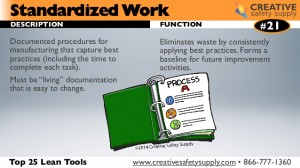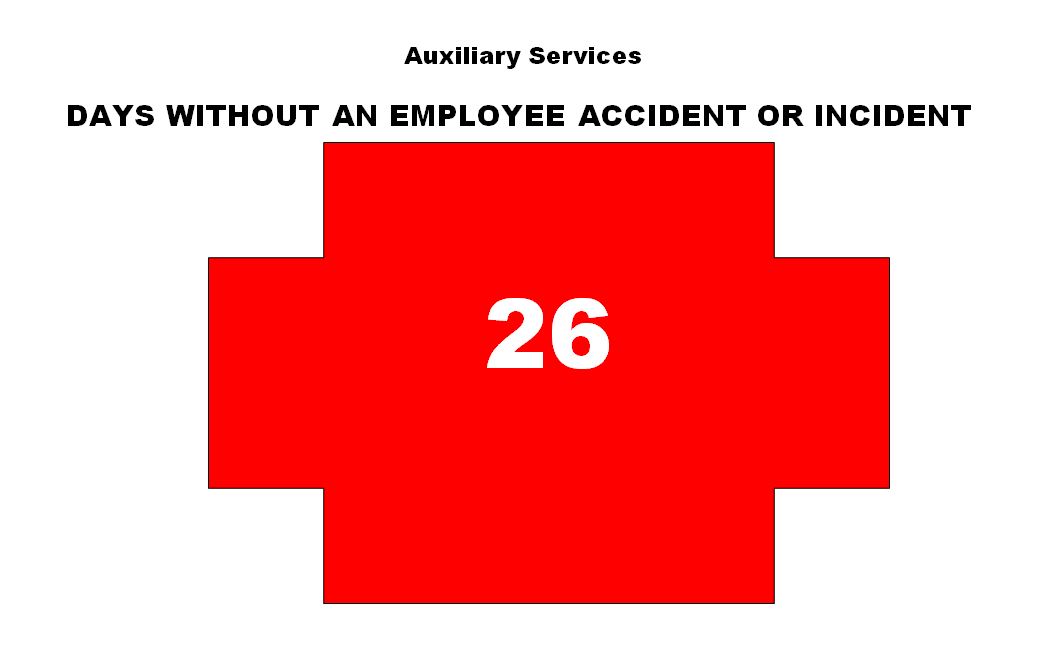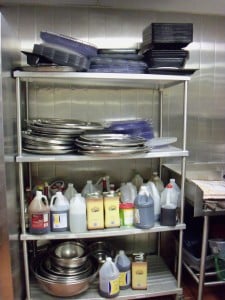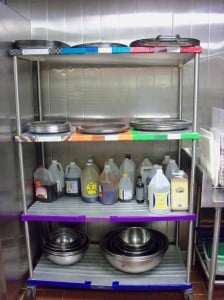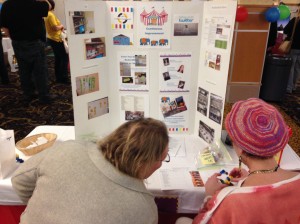This past month, I was able to participate in the making of a video with Theresa Coleman-Kaiser, and it was my first solo project as a PIC. I was both extremely excited and cautious, as I wanted to put to work the Lean knowledge and values my training had instilled me with, but I was also worried. What if I couldn’t do my job well? What if I under-performed what was expected of me? My first project was working with the “Big Dogs” and what if I couldn’t cut it? After a very reassuring meeting with Ruth about the basis of the project, I tried to go into it with the best outlook. No matter what happened, it would be an experience that would allow me to grow, and overall, improve.
It should not surprise you that the environment with which I met was nothing like I had feared, in fact, I felt no different than if I were back in the office as usual. The meeting with Mrs. Coleman-Kaiser went so easy and smooth, and not once did I feel inferior or inadequate. The conversation was natural, my questions came out unhindered, and overall I felt completely confident in my abilities. It was the same kind of culture I experience everyday in the office, the very embodiment of lean culture I read about during training and in books. So why was I expecting any different?
Lean culture is one where respect for people is central, no matter status or position of individuals. The establishment of respect cultivates teamwork and camaraderie among everyone, and together we work towards the common goal of improvement. This allows for a blame-free space, where a mistake means an opportunity for improvement and the evolution of our standards. There is no need for taking the credit or pointing fingers, because we are all working towards the same goal; improvement.
In theory, the culture of Lean sounds great, as it gives the best approach towards a system where everyone is equal and working together.
Realistically, Lean culture in practice is even better. Lean culture allows you to function uninhibited by fears or worries, because not only are you geared towards the same end-goal as those around you, but because there are no mistakes, just areas that you recognize could use improvement. There is no failure in Lean culture.
The reason I expected different is because the culture of Lean is not what the majority encounters normally. Before my introduction to Lean, I had never encountered a work environment such as this, and I thought it too good to be true, even though it’s a workplace we all deserve. Here we have a healthy, high functioning, improvement-promoting environment that yields the best of results, and yet it is an environment known by only few. What a concept! Now that I have been immersed in Lean culture for a few months, it is becoming the norm for me. I am becoming more sensitive to the differences between this work environment and other work environments that are not Lean.
As we continue our work with Lean, and continue on the path of continuous improvement, not only do we strengthen the standard of Lean culture, but it is so important that we also continue to introduce others into the Lean and its values. It is very important to spread so that everyone everywhere is working at the same standards, and working towards the same goals. Hopefully someday the majority shall be Lean, and Lean will become the new societal norm.
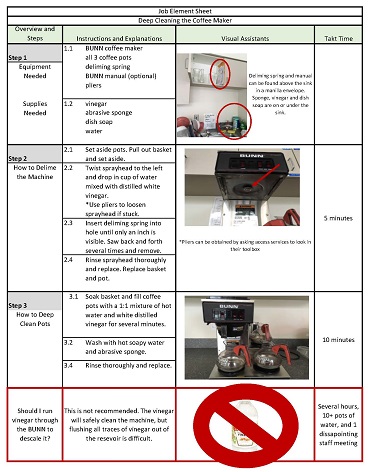 I formatted the job element sheet based on the one used by Catering Services for, coincidentally, making coffee. After picking out the steps involved and taking photos, I realized it would be easy enough to also create a sheet for how to brew a pot of coffee. Maybe it’s my love of the perfect cup of joe, the intimidating nature of a commercial coffee maker, or the fact that it can be difficult for many people to remember how much coffee to use, but for whatever reason I’m also the one who usually makes coffee for staff events. For being such a simple process, I know from experience that there are an outstanding number of ways it can go wrong! I tried my best to draw on this knowledge to help others avoid mistakes like pouring water into the machine without a pot underneath or forgetting to turn the burner off.
I formatted the job element sheet based on the one used by Catering Services for, coincidentally, making coffee. After picking out the steps involved and taking photos, I realized it would be easy enough to also create a sheet for how to brew a pot of coffee. Maybe it’s my love of the perfect cup of joe, the intimidating nature of a commercial coffee maker, or the fact that it can be difficult for many people to remember how much coffee to use, but for whatever reason I’m also the one who usually makes coffee for staff events. For being such a simple process, I know from experience that there are an outstanding number of ways it can go wrong! I tried my best to draw on this knowledge to help others avoid mistakes like pouring water into the machine without a pot underneath or forgetting to turn the burner off.
